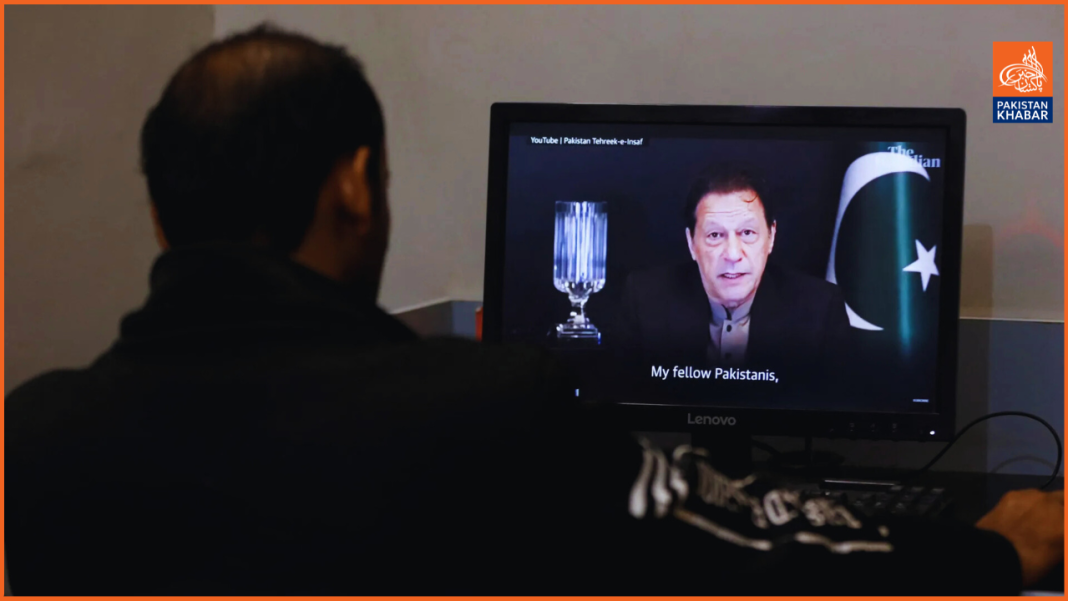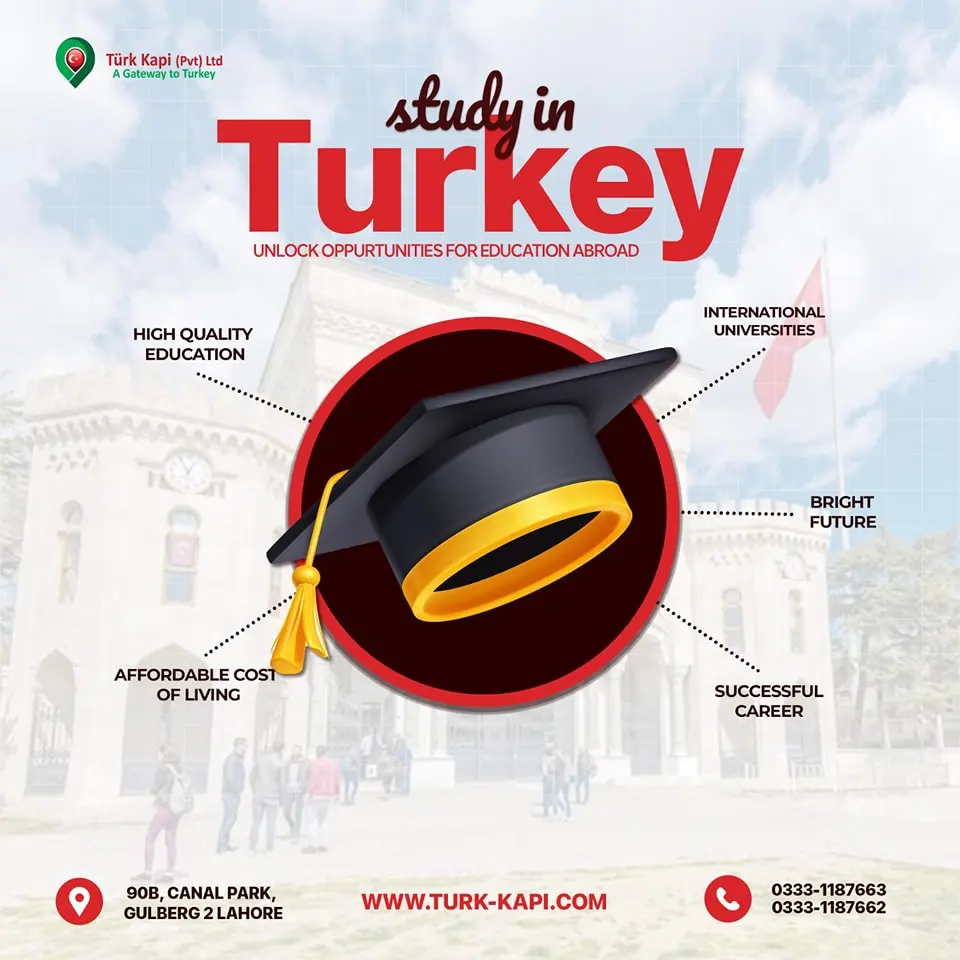In the shifting sands of Pakistan’s political theatre, a new battlefield has emerged—digital media. The Pakistan Tehreek-e-Insaf (PTI), once dominant in online political discourse, now finds itself grappling with an aggressive clampdown by state machinery. As narratives migrate from television screens to TikTok feeds, the party’s once-uncontested digital influence is under unprecedented pressure, raising serious questions about the future of political expression in the digital age.
The Digital Rise of PTI
PTI’s journey from a marginal political force to a mainstream powerhouse was fuelled in large part by its command over digital platforms. Social media was not just a tool—it became the party’s lifeline. With charismatic leadership, sharp video content, and a passionate online base known as the “Insafians,” PTI redefined how political engagement unfolded in Pakistan. Twitter Spaces became virtual jalsas, YouTube streams replaced press conferences, and memes turned into sharp-edged political satire.
This digital dominance was not incidental. It was structured, calculated, and well-resourced. The party’s digital cells worked with the precision of a news desk—narratives were curated, hashtags were orchestrated, and live responses were deployed in real time. For a generation born in the age of WiFi and smartphones, PTI’s presence was not just visible; it was visceral.
The Clampdown Begins
The tide began to shift following the ousting of Imran Khan from power. What started as a political realignment quickly morphed into an institutional pushback. Dozens of PTI-associated Twitter accounts were suspended, YouTube channels were demonetized, and live streams were repeatedly disrupted. In a country already notorious for internet blackouts and media restrictions, this crackdown wasn’t subtle—it was surgical.
The state’s approach took on a hybrid form. Legal notices, cybercrime charges, and strategic use of Pakistan Electronic Media Regulatory Authority (PEMRA) regulations became tools to corner digital dissent. Pro-PTI influencers reported being harassed or abducted. Even apolitical content creators with neutral or slightly critical takes found themselves shadow-banned or algorithmically silenced.
This clampdown reflects a broader global trend where governments, feeling increasingly vulnerable to decentralized narratives, are pushing back hard. From India to Turkey, digital repression is no longer an exception—it’s becoming the rule.
Digital Resilience: A Waning Edge?
Despite the restrictions, PTI’s digital ecosystem has shown surprising tenacity. Underground Telegram channels, VPN-fueled Twitter spaces, and a global diaspora have stepped in to fill the void. Yet, there’s a visible fatigue. The grassroots digital volunteerism that once roared in 2018 is now often reactive, fragmented, and emotionally drained.
Moreover, the narrative monopoly is slipping. With limited access to conventional media and digital bottlenecks intensifying, PTI struggles to maintain a coherent message. In a media environment where every post is monitored and every byte is potentially weaponized, spontaneity—a hallmark of PTI’s earlier digital success—has given way to caution and coded language.
And herein lies the irony. The very decentralization that empowered PTI is now working against it. Multiple voices within its online sphere lack coordination. Rumors often outpace official statements, creating confusion. In the absence of a central communication strategy, PTI’s digital resilience looks more like digital resistance—defiant, but directionless.
What Lies Ahead?
The clampdown on PTI’s digital apparatus is not just about one party—it is a litmus test for political speech in Pakistan’s digital future. The emerging question is: can political communication survive outside the state’s shadow?
For PTI, the challenge now is twofold. First, to recalibrate its digital strategy under pressure. Second, and perhaps more importantly, to ensure its messaging remains authentic and people-centric. The era of slogans and hashtags alone is over; audiences are craving nuance, depth, and credible alternatives to state-run narratives.
For the state, the temptation to overreach into digital spaces must be tempered. Silencing political voices online may offer temporary control, but it risks creating long-term trust deficits among youth, journalists, and even apolitical digital citizens.
Pakistan stands at the intersection of political evolution and digital repression. PTI’s digital saga—its rise, its resistance, and its reckoning—offers a cautionary tale. In the battle for bytes, the victor will not be the loudest voice but the one that can sustain truth, credibility, and connection in an increasingly fractured online world.



